Celebrated landscape and still life photographer John Blakemore died on 14 January, aged 88. His friend and colleague Paul Hill pays tribute
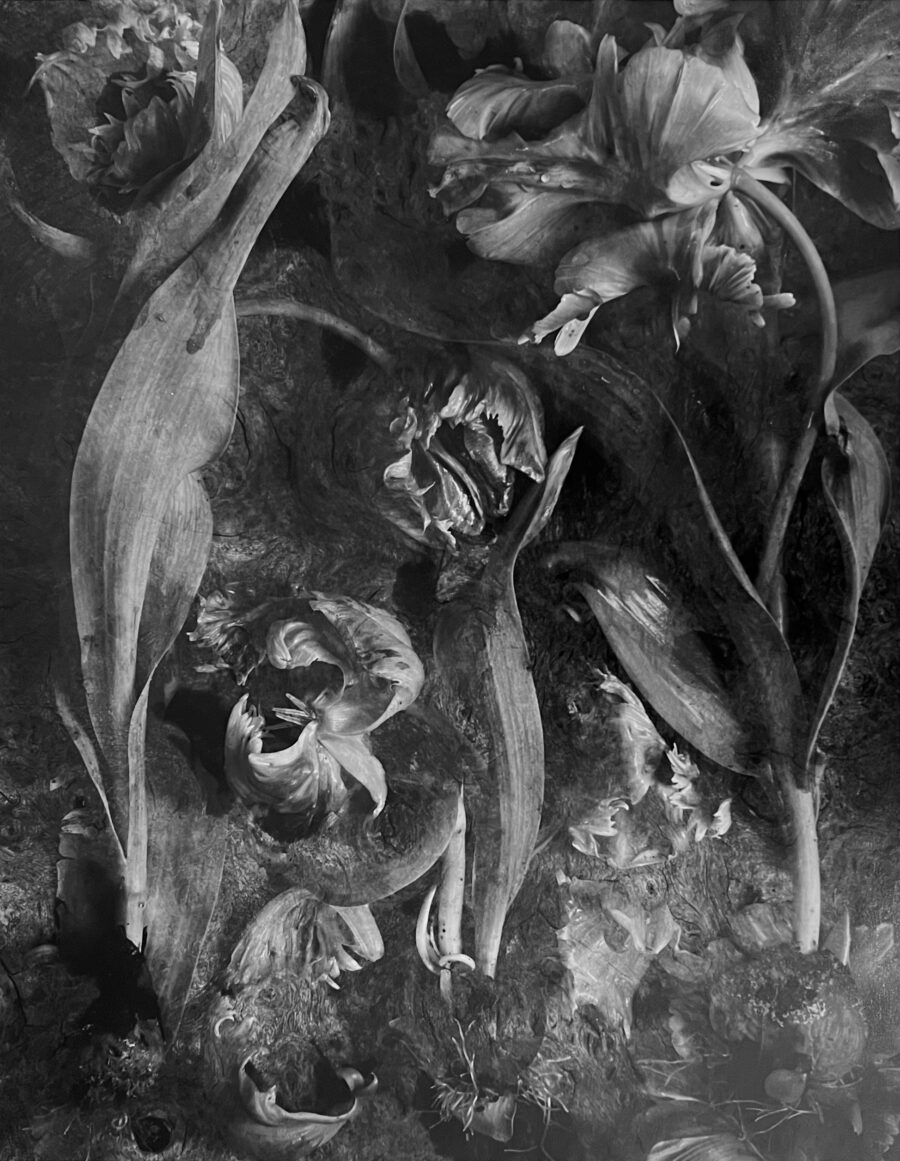

Celebrated landscape and still life photographer John Blakemore died on 14 January, aged 88. His friend and colleague Paul Hill pays tribute
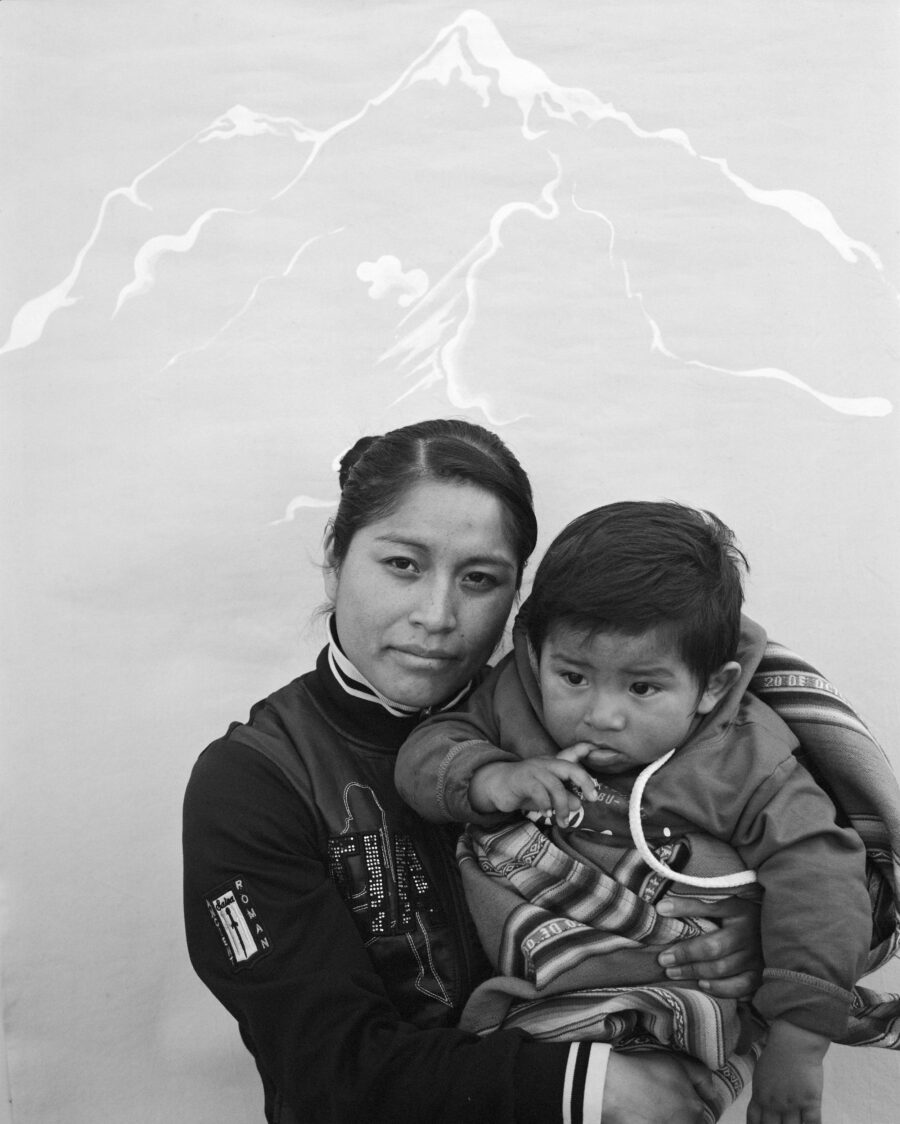
Setting up a mobile studio in a Bolivian market, the photographer offered locals free portraits – Sergio Valenzuela-Escobedo speaks with him about collaboration, performance and the societal role of the itinerant photographer
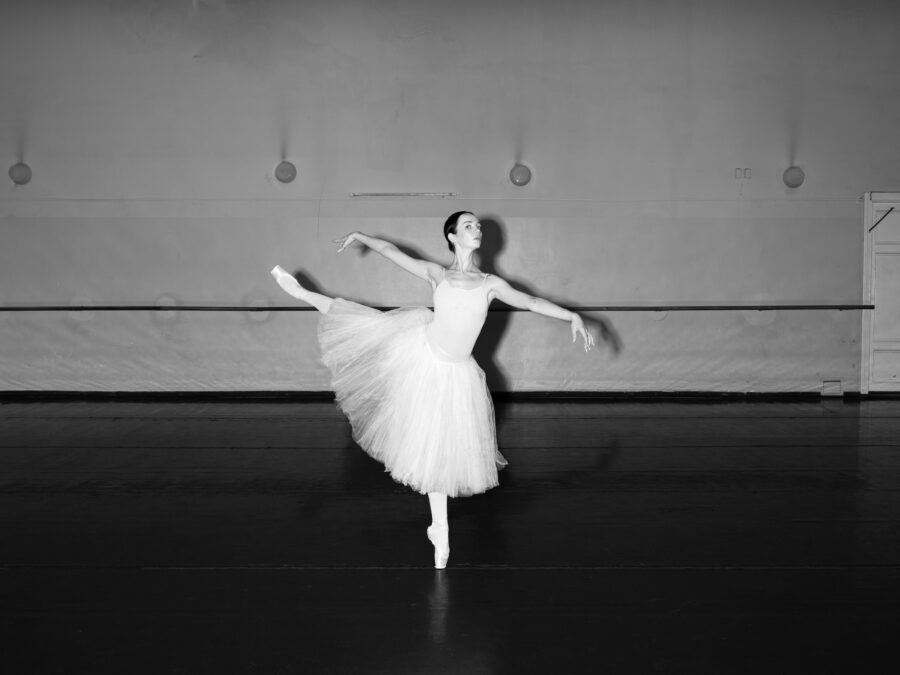
The Iranian-British artist spends time volunteering for NGOs as well as creating material for his Sketchbook series
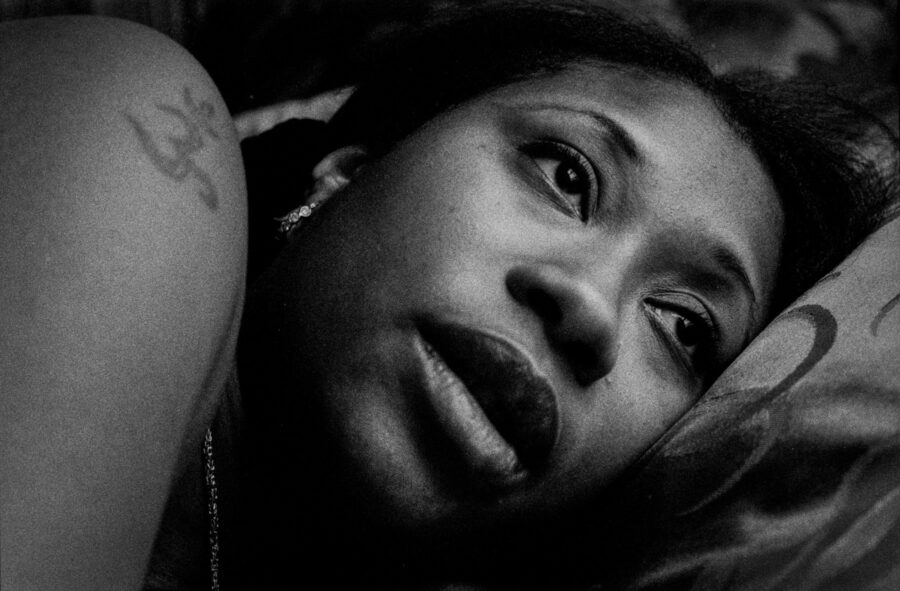
The photographer’s new book explores family love, loss, and legacy through the lens of ‘Black storytelling’ and poetic documentary images
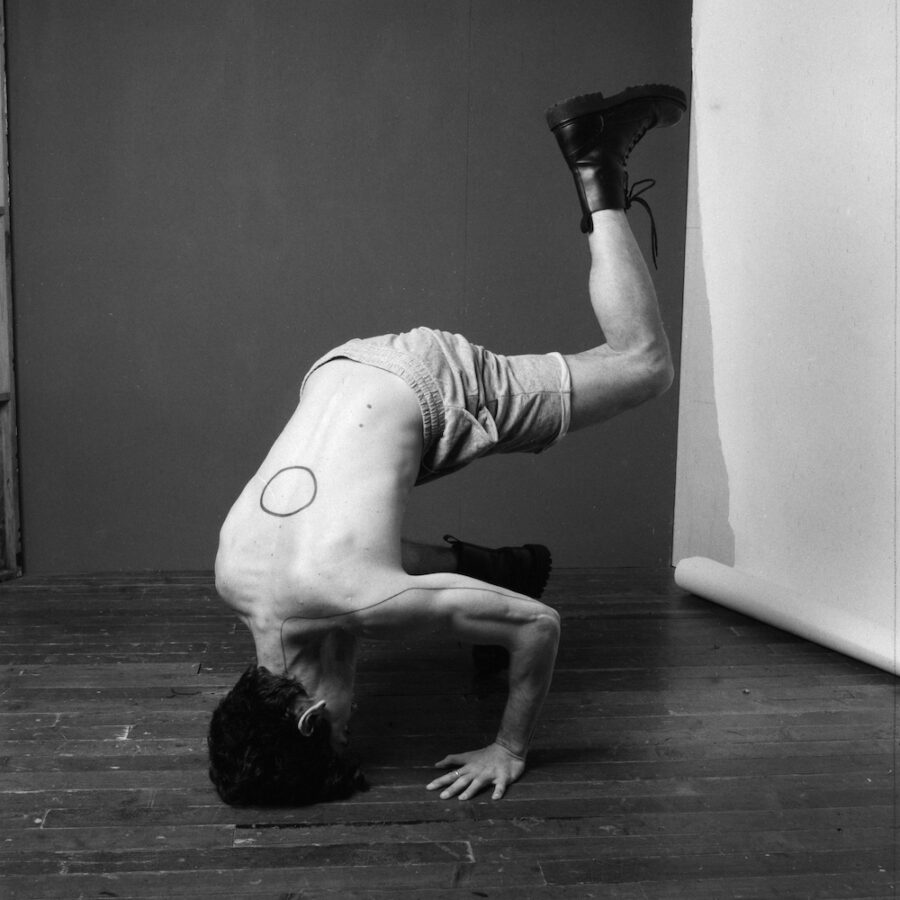
In the countryside outside Parma, Ettore Moni has built a home studio which serves as a safe haven for bodies in all their variety
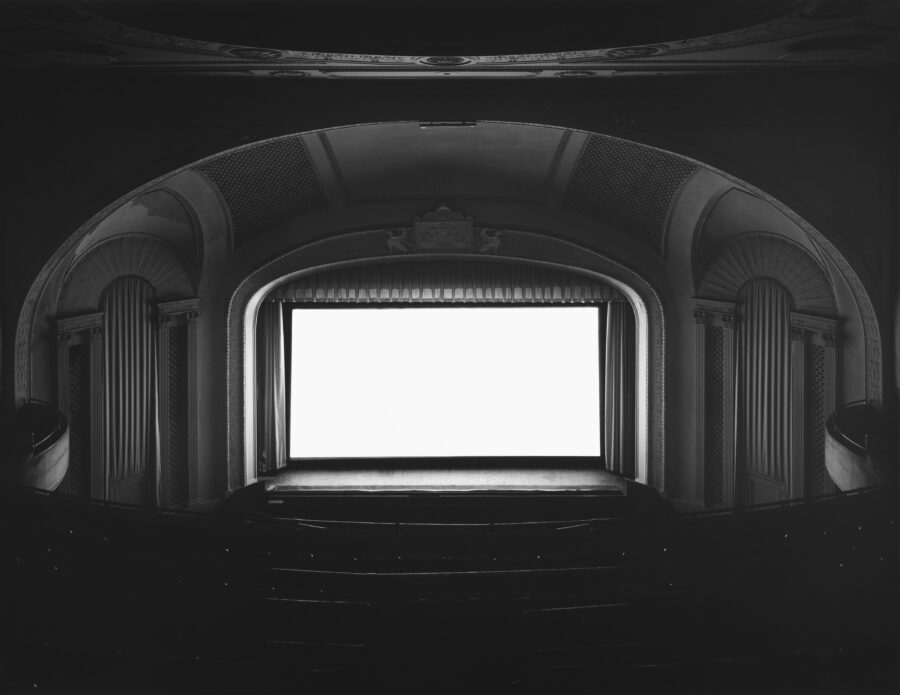
Ahead of his major retrospective at London’s Hayward Gallery, Sugimoto discusses “the consciousness of space” with Marigold Warner, on a tour of his Tokyo complex
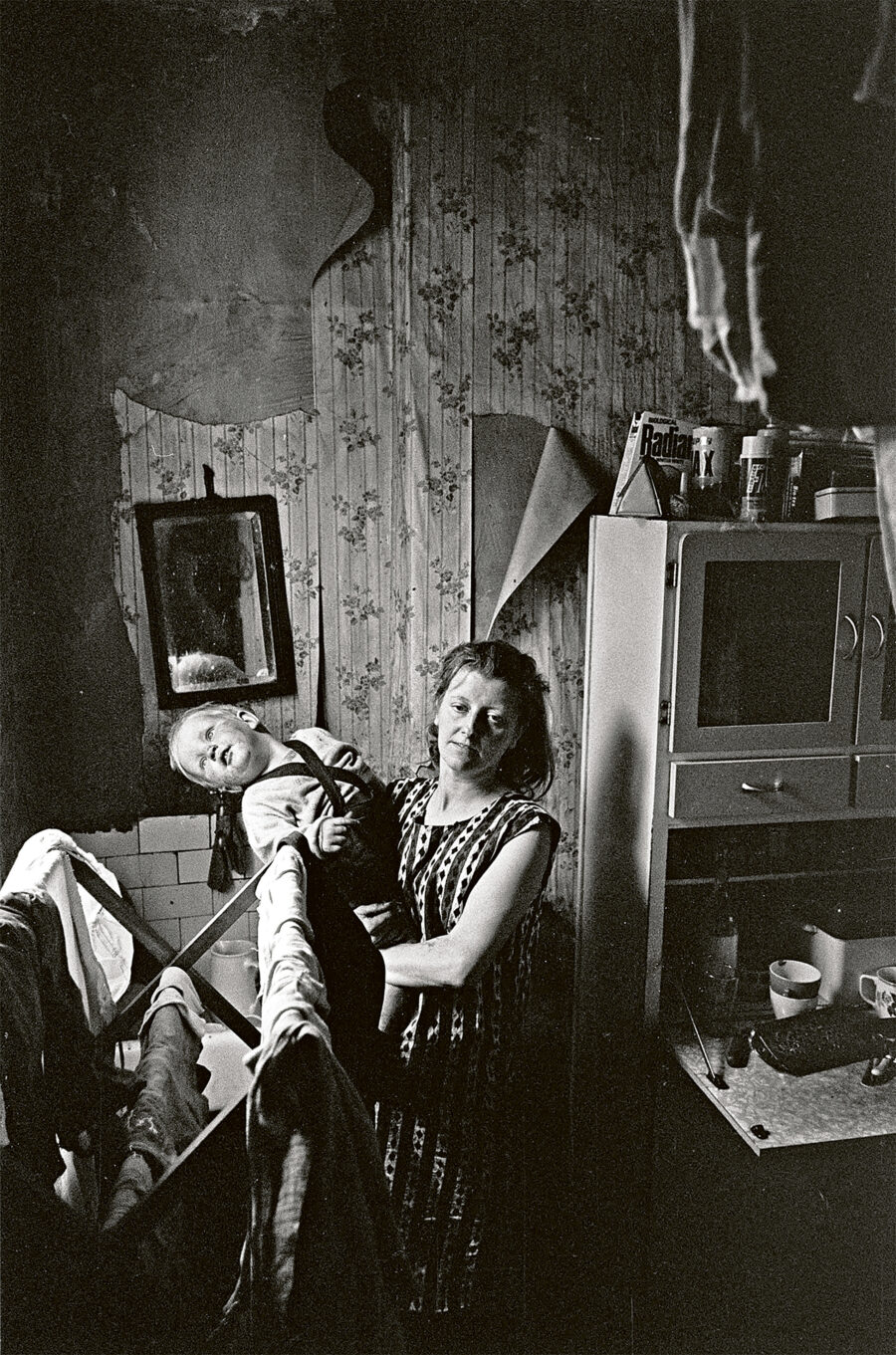
His photographs of Birmingham’s late-1960s housing crisis transformed how the urban poor were visualised in the UK. We catch up with the veteran documentarian
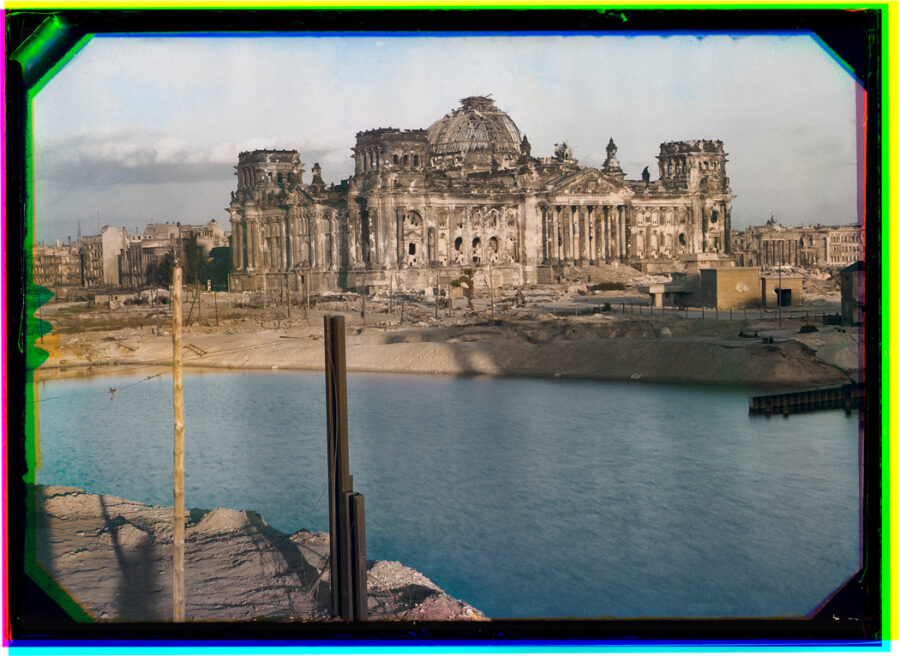
The Swiss Magnum member is best known for his post-war photojournalism, but an unearthed archive of colour work may change and enrich his legacy. Rosalind Jana picks over Bischof’s new shades
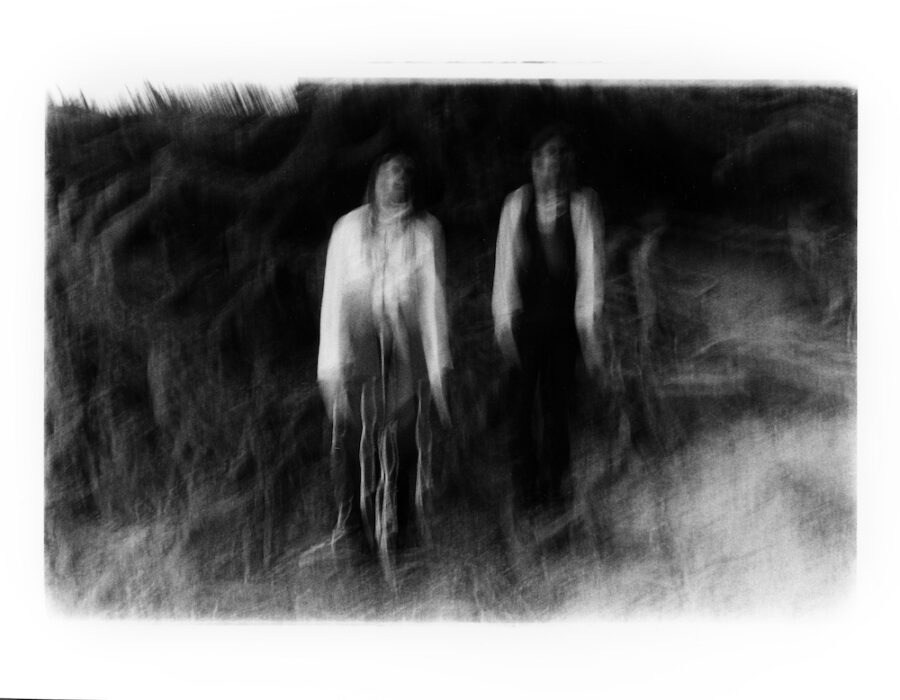
Through two graduate projects, Margarita Galandina reinterprets her Siberian heritage – blurring the line between the staged and the candid